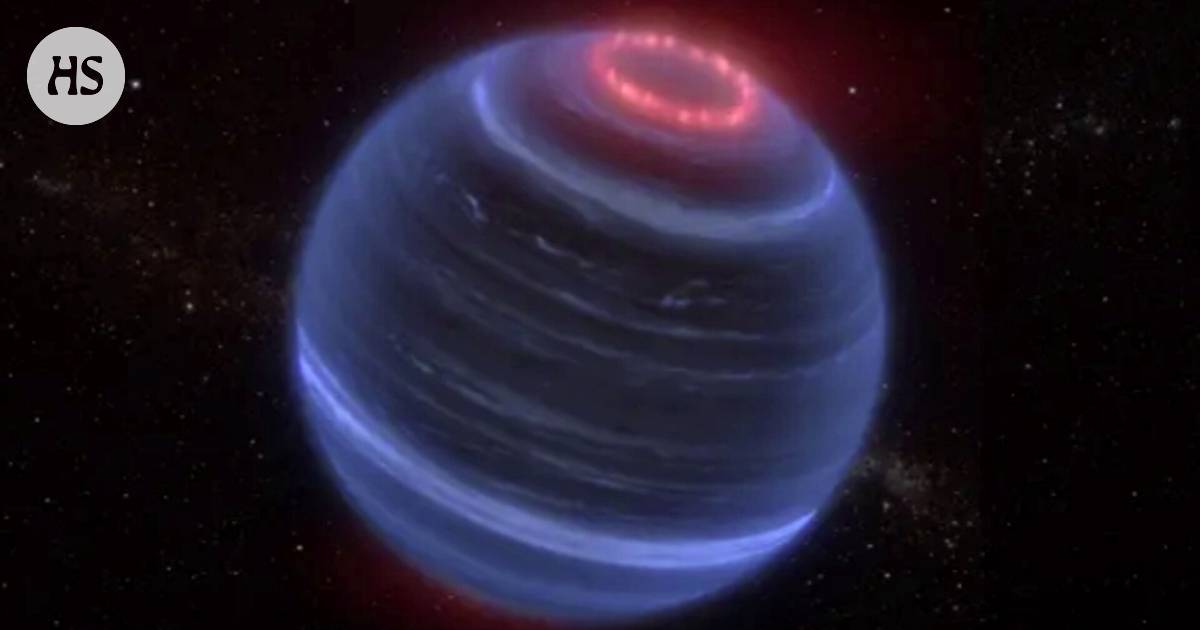The search for exoplanets, or planets orbiting stars outside our solar system, has yielded over 6,000 discoveries. However, one moon remains elusive – Eksokuu. Exomoons are smaller than the planets they orbit and typically orbit celestial bodies beyond our solar system. While moons are common in our own system, the James Webb Space Telescope recently discovered an exomoon orbiting a brown dwarf, known as W1935.
This discovery was made possible by the surprising infrared methane emissions from the body of W1935. This heat radiation produces aurora borealis on the dark celestial body, indicating that an energy source is nearby – possibly a moon or multiple exomoons. Brown dwarfs like W1935 do not produce enough heat on their own to emit infrared light, so the presence of methane suggests the presence of a moon.
W1935 is located 47 light years from Earth and is larger than Jupiter with a surface temperature over 200 degrees Celsius. The methane emissions and temperature inversion in W1935’s atmosphere are similar to those seen on gas giants like Jupiter and Saturn in our solar system. These phenomena are caused by interactions with nearby moons that release material into space, generating colorful light radiation near the poles of the planets.
While researchers have gathered evidence to support this discovery, further observations and study are needed to confirm it conclusively. Nonetheless, this marks a significant milestone in exoplanet research and opens up new avenues for studying these distant celestial bodies.
In summary, while there have been thousands of discoveries of outer planets or exoplanets beyond our solar system, finding Eksokuu remains elusive as it is yet to be discovered among them. The James Webb Space Telescope’s recent discovery of an exomoon orbiting a brown dwarf named W1935 provides evidence for its existence due to surprising infrared methane emissions from its body.
Further research and observations are required to confirm this discovery conclusively as well as provide more insights into these distant celestial bodies and their unique characteristics.


